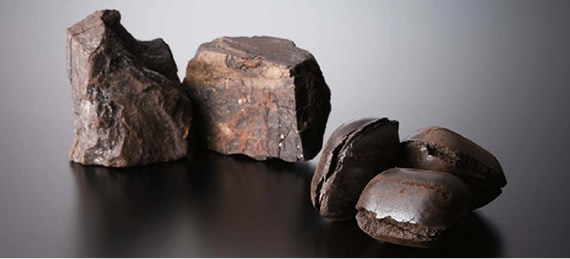Home > About Us > Corporate Social Responsibility > Sustainability Report > Sustainability Report 2009 > 2. Upgraded Brown Coal
 2. Upgraded Brown Coal
2. Upgraded Brown Coal
| Feature: Tapping the Potential of Underutilized Resources |
 


|
||||||||||||||||||||||||||||
Home > About Us > Corporate Social Responsibility > Sustainability Report > Sustainability Report 2009 > 2. Upgraded Brown Coal
| Feature: Tapping the Potential of Underutilized Resources |
 


|
||||||||||||||||||||||||||||